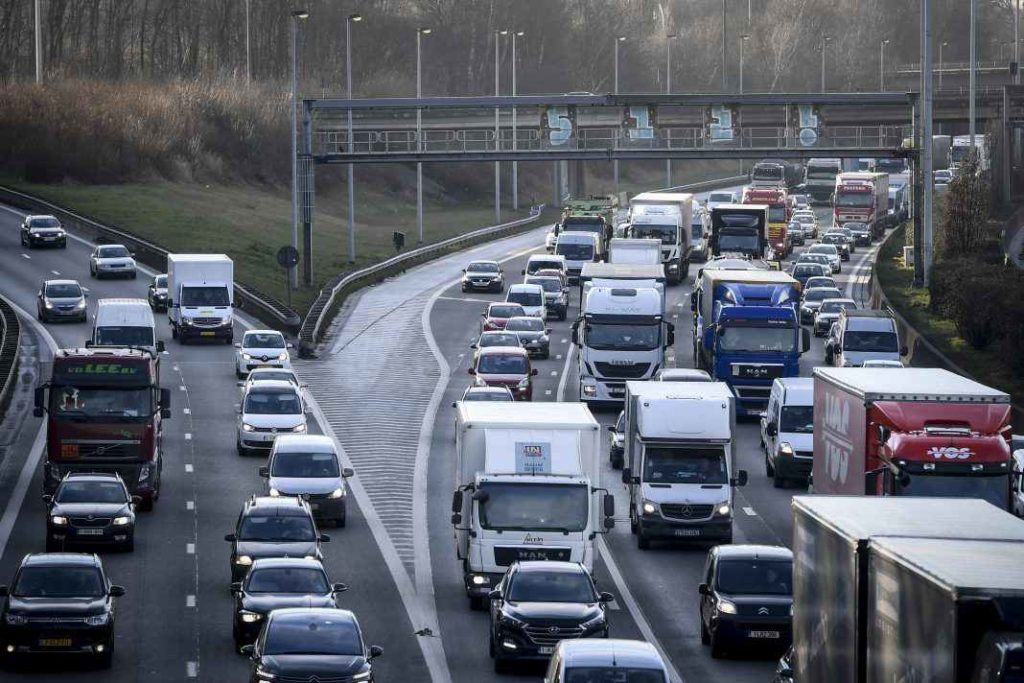Never before have there been such heavy traffic jams on Flemish roads than in 2023. Congestion figures already rose to unprecedented highs this spring but the trend has continued upwards: November traffic jams have never been as bad as this year.
The Traffic Centre has been conducting counts on roads in Flanders since 2011 to calculate the severity of traffic jams by combining the jam length with congestion duration, with results reported in kilometre hours. 100-kilometre hours, for example, is the equivalent of 100 kilometres of traffic jam for one hour, or 200 kilometres of traffic jam for half an hour.
In November 2023, the severity of traffic jams on an average working day amounted to 1,035-kilometre hours for all Flemish main roads combined, putting the region well above the level before the traffic-free Covid-19 period: in November 2019, for example, the severity of traffic jams was "only" 938-kilometre hours.
"Never before have November traffic jams been as heavy as this year," Peter Bruyninck of the Flemish Traffic Centre wrote on social media. "This also applied to March, April, May and July. Unfortunately, 2023 has become the record year for traffic jams since we started counting."
The duration of traffic jams has especially increased this year, the figures show. "That also explains why there are so many traffic jams during off-peak hours these days: the rush hours merge into each other, especially in rainy weather."
Additionally, the Covid-19 traffic has seemingly all but disappeared. Despite people working from home more than before the pandemic and increasingly commuting by bicycle, those two trends are not enough to reduce traffic jams. "The positive effect of working from home and bicycle commuting is being offset by the growth of leisure traffic and freight traffic on our roads."

